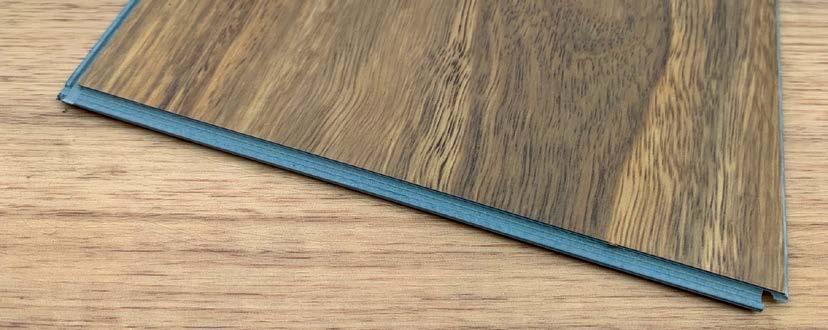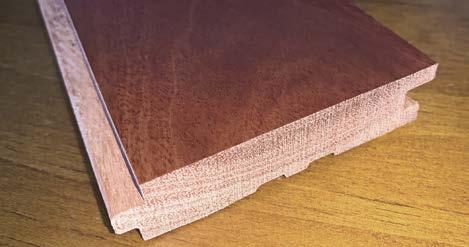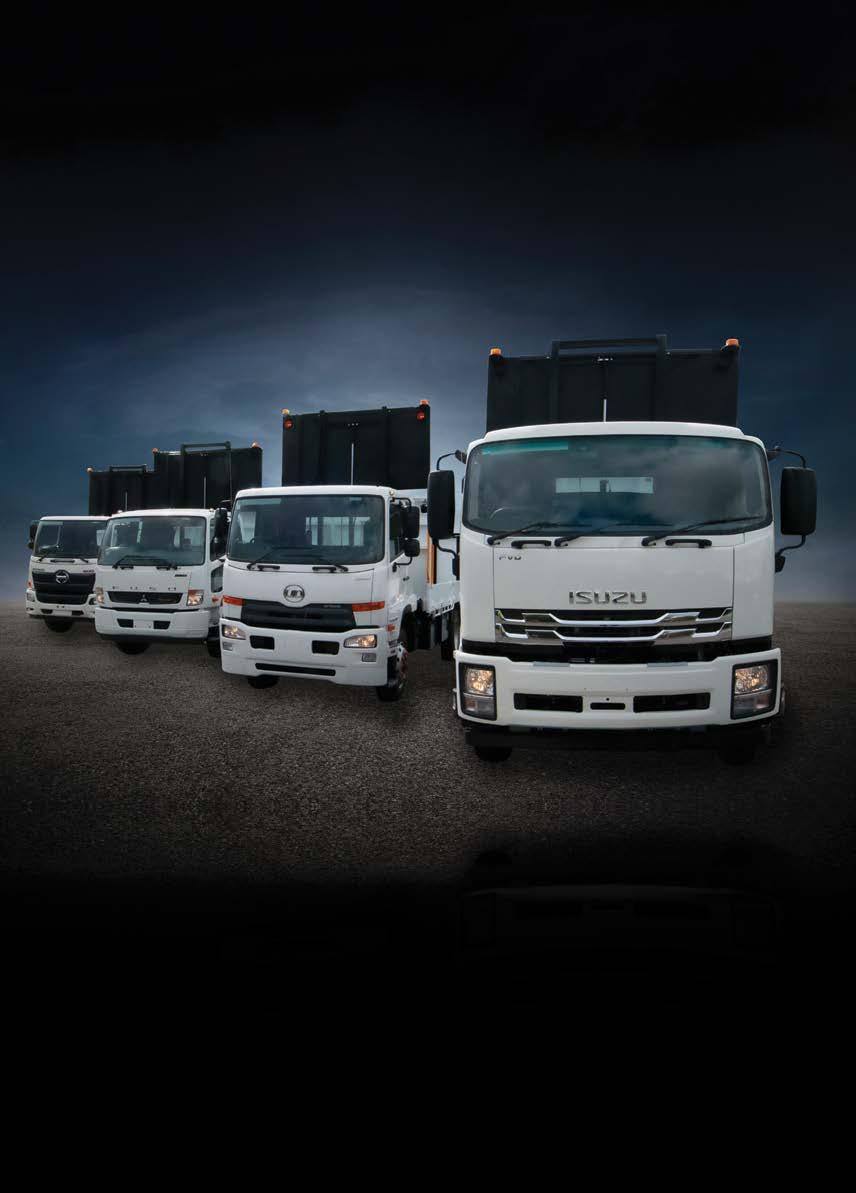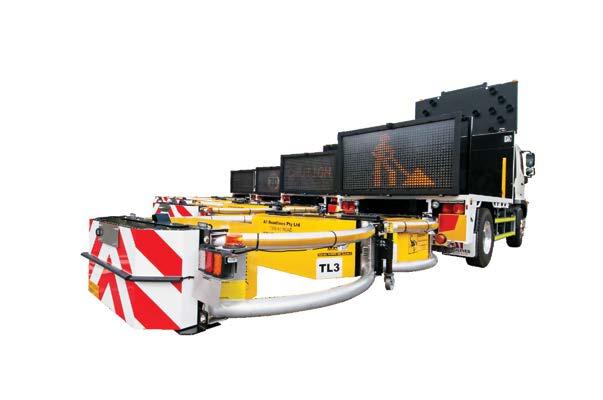
7 minute read
Sustainable Flooring
How sustainable is your floor?
When we talk about sustainability, what comes to mind? For most of us, it is about meeting our own needs whilst ensuring our choices don’t negatively impact future generations.
Advertisement
With sustainability in flooring, each product has its own benefits and factors to consider before making a final decision. The Australasian Timber Flooring Association (ATFA) have outlined how the range of ‘timber’ flooring products measure up when considering the lifecycle of the product and its environmental credentials.
ATFA CEO, Randy Flierman reminds us that “If you’re considering which flooring choice will be the most long-lasting, timeless and sustainable, then look no further than timber”.
Timber needs to have been harvested responsibly in order to be considered sustainable. There are both Australian and international standards around harvesting timber, with major production forests ensuring that timber is harvested in a rotation which means there are always new trees being grown.
When considering sustainability and benefit to the environment, traditional solid timber flooring (including solid parquetry) is king. This is because all solid timber flooring stores carbon, which contributes to offsetting the carbon dioxide emissions, and this in turn helps reduce the effects of climate change. Other flooring products do not provide the same benefit.
Also, as indicated, these products are made from sustainably managed forests and with some floors known to have had a lifespan exceeding 100 years.
Solid timber floors are also made to be refurbished many times during their life, whereas most other flooring products will need to be replaced when they age and become worn. When you sand solid timber flooring back to bare timber and recoat them, the floor comes back to near new condition. Solid timber flooring is known to add up to 3% to the value of your home. Therefore, whilst the initial costs may be higher, this is recouped when the house is sold.
Alternatively, engineered flooring is generally made up of layers of timber that are glued together. These products can be either fixed to the subfloor or they can be floated on an underlay, and they are generally pre-finished, so no site sanding and coating is needed, making it a more convenient and time effective option. Only the decorative layer is of high value timber, which enables our high value slower growing timbers to cover a greater area on the floor. Laminate flooring resembles timber boards, and often has a textured surface to replicate the appearance of solid timber boards. Underneath the surface, wood fibre provides the structure of the product and makes up most of the volume.
Laminate flooring shares some of the advantages of engineered flooring in that it is a finished product after laying and it also provides a very durable floor surface. This flooring is only laid as a floating floor over an underlay and would usually be replaced within 20 years.
Cork flooring is also a highly sustainable option, as only the bark is used, so the tree does not need to be harvested at all. Cork flooring is often sought after for its softer and more forgiving feel. It is a stable product which can last around 30 years. Like timber and some engineered flooring, it can usually be re-sanded and coated when needing to be refurbished.
In regards to hybrid flooring, many people question whether it is or isn’t timber flooring. Hybrid flooring is a general term covering products that you may know as LVT, WPC or SPC flooring. Although some SPC flooring can have a sliver of timber on the surface, these products are generally timber look alike products and differ to laminate flooring in that core layer is a form of plastic.
Hybrid flooring products are moisture resistant, durable and easy to care for which is beneficial. Due to these generally being lower cost options, owners see less value in keeping them for long periods and therefore may be more inclined to replace them after 5 to 10 years.
When choosing your next flooring, ensure you consider all of these environmental attributes and make sustainable choices for the future generations.
For more information, including how to become a member, please call ATFA on 1300 361 693, or visit: www.floorchoices.com.au

THE CHOICE IS YOURS! IN STOCK RANGE OF MODELS N OW SET UP & READY TO GO


At A1 Roadlines we understand that our customers have a range of preferences when it comes to fleet vehicles. That’s why we fit and service the Scorpion II TMA across a full range of suitable host vehicles from world-leading manufacturers including ISUZU, UD, FUSO and HINO to name a few.






So, when it comes to selecting a fully MASH tested, passed and eligible TMA that has also been ASSESSED, APPROVED & RECOMMENDED FOR ACCEPTANCE throughout Australia by ASBAP (Austroads Safety Barrier Assessment Panel), the only name you need to remember is Scorpion II® TMA from A1 Roadlines. When it comes to the brand of host vehicle… that’s up to you!
GET THE FACTS! on TRUCK MOUNTED ATTENUATORS (TMA’s)
With the move from NCHRP350 testing to MASH (Manual for Assessing Safety Hardware) as the preferred testing for Truck Mounted Attenuators (TMA’s) in Australia currently progressing there has been confusion amongst some equipment owners as to what equipment is compliant and, perhaps more importantly, what the status of their equipment will be after Australia moves to MASH as the testing standard. BEWARE OF ‘FAKE NEWS’
This situation has no doubt been inflamed by the inaccurate information and spurious claims that have surfaced over the past 12 months – including claims that some units will no longer be permitted to be used after December 31, 2020. With that in mind, the following fact sheet has been developed to provide key FACTS as to the current status of the ‘Transition to MASH Guidelines’.
The move by the Austroads Safety Barrier Assessment Panel (ASBAP) towards MASH testing and certification is a complex process that will take some time to implement. The Panel is transitioning the current suite of accepted road safety barrier systems and devices within the Australasian market to MASH guidelines over an extended timeframe, with Part 2 Products (which includes TMA’s) to be completed by 31 December 2020.
This DOES NOT by any definition mean that non-MASH tested equipment is suddenly obsolete or can no longer be used. It also DOES NOT render TMA’s that have been previously approved as tested under NCHRP350 guidelines obsolete or unusable – to suggest otherwise is simply NOT TRUE.
While there is a formal agreement on the transition to MASH testing from NCHRP350 testing, there is NO CUT-OFF DATE for using equipment that has been certified under the NCHRP350 testing while it is operational – to suggest otherwise is simply NOT TRUE.
Even if a TMA is recommended for acceptance at an Austroads level by ASBAP, it must still be approved for use in individual jurisdictions by the relevant State Authority. The State Authorities are responsible for approving the use of TMA's in their individual jurisdiction. The transition to MASH guidelines is a lengthy and ongoing process and lists of ‘Austroads Approved Products’ are currently a Work in Progress. If a product does not currently appear on a jurisdiction’s list, or is not currently recommended for acceptance at an Austroads level by ASBAP, it DOES NOT mean that it has not been successfully tested and certified to MASH guidelines, or that it is not acceptable for use in that jurisdiction. It may simply have not yet been assessed by ASBAP.
The Scorpion ® II Truck Mounted Attenuator was the first TMA to be fully certified as Tested, Passed and Eligible to MASH 16 by the U.S. Department of Transportation Federal Highway Administration. The U.S. Department of Transportation Federal Highway Administration Safety Eligibility Letter CC-132 for the Scorpion ® II TMA can be viewed online at: https://safety.fhwa.dot.gov/roadway_dept/countermeasures/reduce_crash_severity/barriers/ pdf/cc132.cfm
The Scorpion ® II Trailer Attenuator is also fully certified as Tested, Passed and Eligible to MASH 16 by the U.S. Department of Transportation Federal Highway Administration. The U.S. Department of Transportation Federal Highway Administration Safety Eligibility Letter CC-138 for the Scorpion ® II Trailer Attenuator can be viewed online at: https://safety.fhwa.dot.gov/roadway_dept/countermeasures/reduce_crash_severity/barriers/ pdf/cc138.cfm
CHECK THE FACTS















